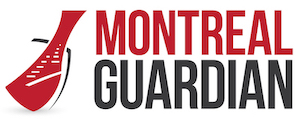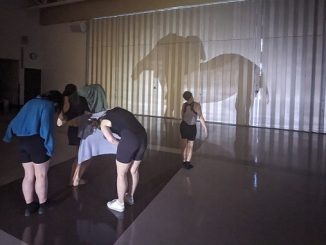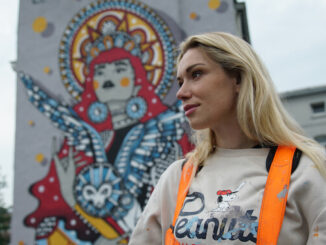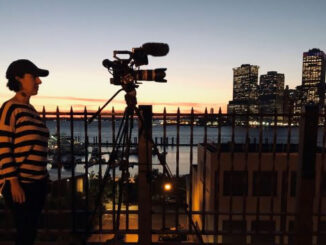Günes-Hélène Isitan is a Canadian artist-researcher working in biomedia arts, blending art, biology, and philosophy. Her practice challenges the cultural divisions we impose within the continuum of life. Through visual works, interactive media and living installations, she moves beyond anthropocentric perspectives to highlight the interconnectedness and shared destinies of humans and non-human organisms. Using techniques borrowed from microbiology and molecular biology, her creations reveal hidden realities that lie beyond our five senses. They envision a multispecies humanity, where skin no longer serves as a boundary. By abandoning the idea of human exceptionalism, her work portrays humanity not as separate from nature but as deeply entangled with it.
Günes-Hélène holds a graduate diploma in Microbiology and Contemporary Art Practice from Sherbrooke University and studied Studio Arts at Concordia University. She has participated in research residencies (Coalesce Biological Center for the Arts at UatB, the S. Rodrigue Laboratory in UdS) and exhibited her work in galleries and museums across Canada, the USA, Germany, Korea, and Australia. Her work has been featured in international books and art magazines, and she has received research grants from CALQ, CAC, and CAM.
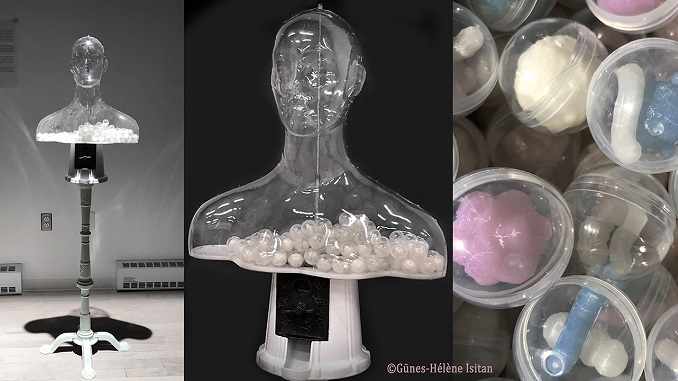
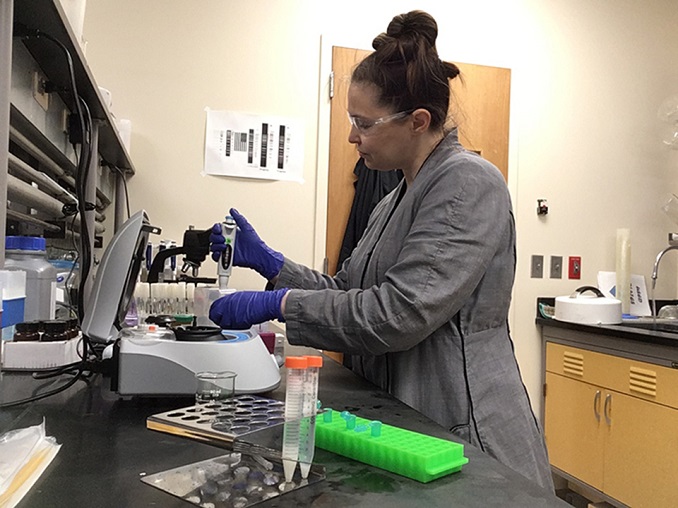

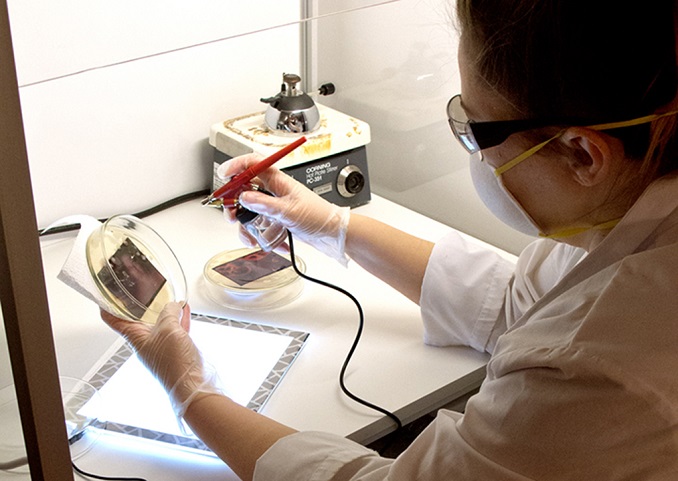
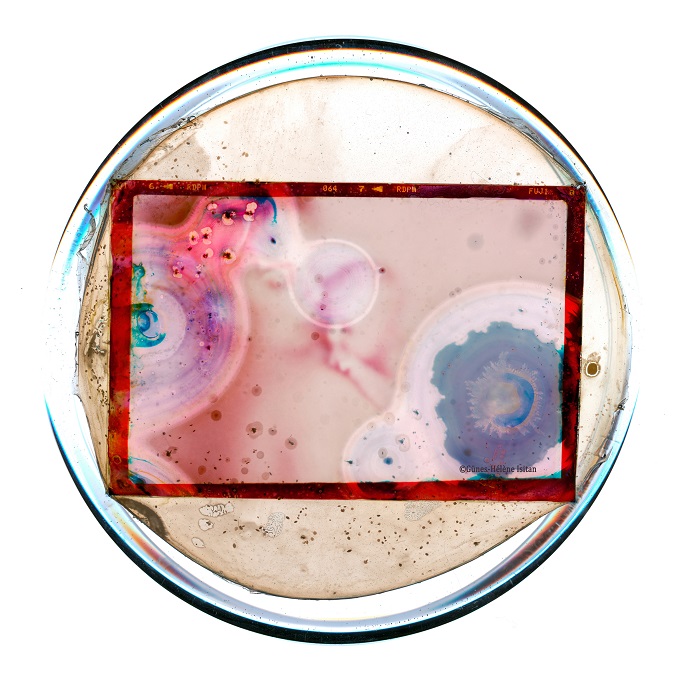

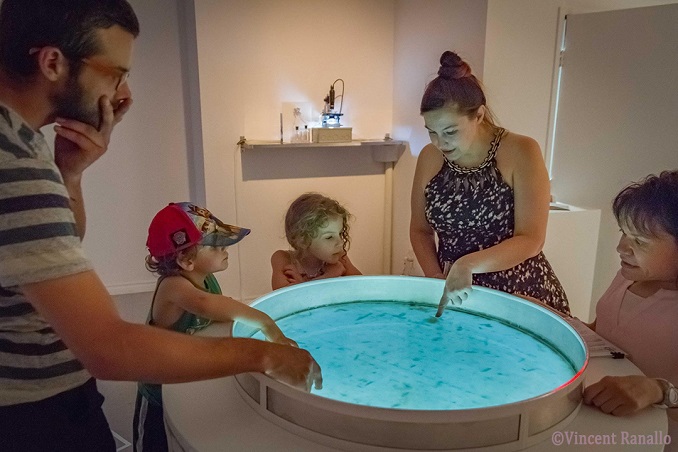
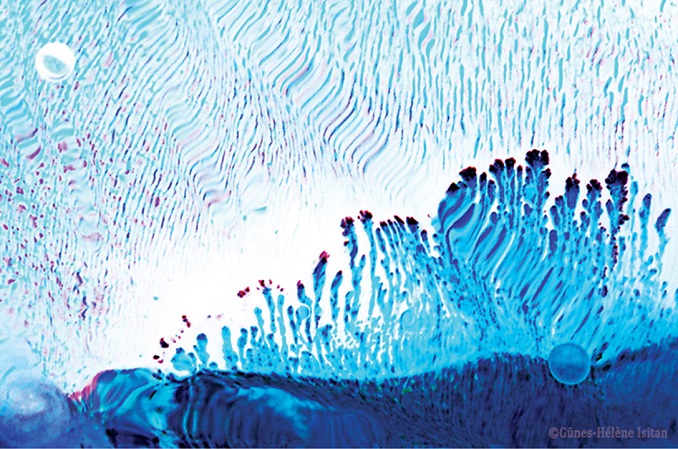
***
Which neighbourhood are you in?
I recently relocated from Montreal to the suburbs to take advantage of a larger studio space for my creative work. Previously, I lived in Sherbrooke and Buffalo, where I was fortunate enough to find laboratories open to collaborating with artists. For a biomedia artist, access to a lab is crucial yet often difficult to secure, so moving closer to such resources is a necessary step.
What do you do?
I have an innate curiosity and enjoy exploring a wide range of interests besides art and biology. I particularly crave developing new skills in both new and traditional media, from 3D printing and projection mapping to dyeing and spinning raw fleece. Like many artists, I rely on grants to create new projects, so I also need a supplementary income. Fortunately, I am lucky to teach pottery part-time at Tour Potier, which I genuinely enjoy.
What are you currently working on?
For the last few years, I have been working on a research-creation project entitled Rythms of Coevolution. This project is exploring the complex nature of humanity through the lens of microbiology and genetics. Recent discoveries reveal that humans are made up of as many microbial cells as human cells, with these microbes, particularly in the gut, influencing both our metabolism and personality. Biologists now see the microbiome as an essential organ, leading philosophers to reconsider the definition of humanity. This project examines the diverse organisms that constitute us by genetically analyzing the microbiomes of seven individuals.
These organisms are conceptualized as musical notes, existing both individually and as part of a whole. Using electrophoresis technology, typically employed in DNA sequencing, the genetic components are thus translated into musical harmonies. The resulting “symphonies” represent the intricate relationships between humans and their microbiomes, illustrating the hybrid nature of humanity as a collaborative network of interconnected organisms.
Where can we find your work?
Unfortunately, I’m not the best at marketing my art on social media. You can view my work on my website, and you’re also welcome to visit Galerie Uno in Quebec City, which represents.
